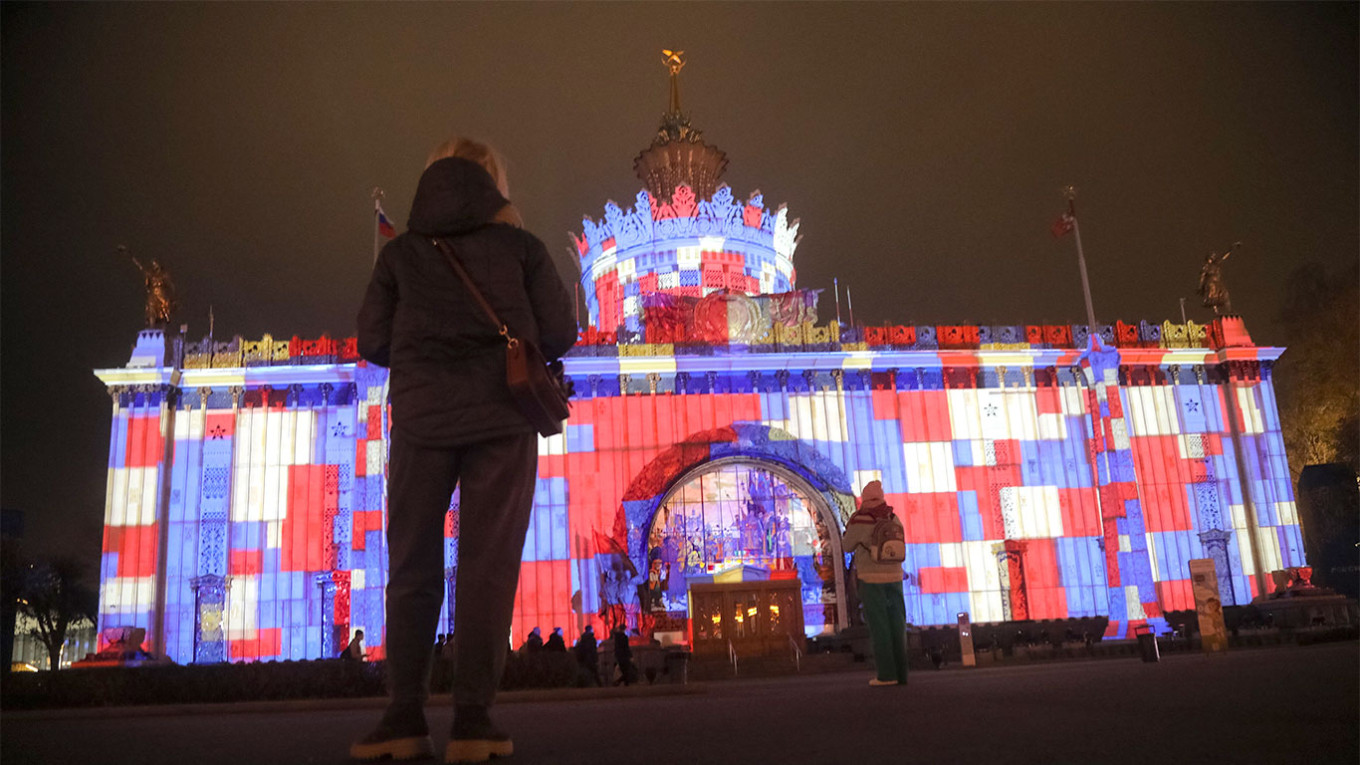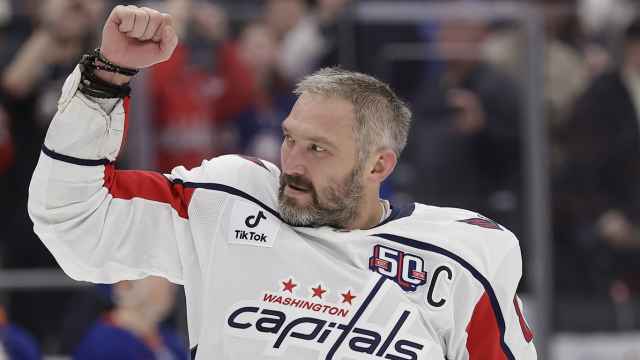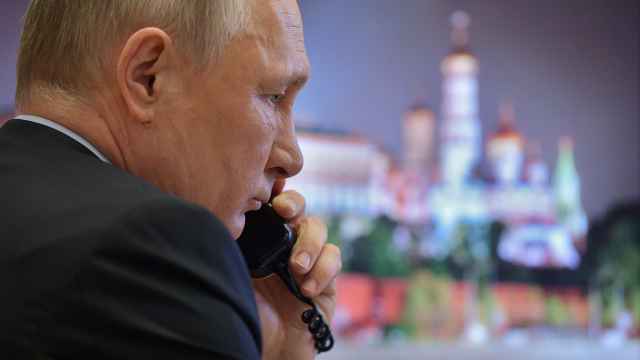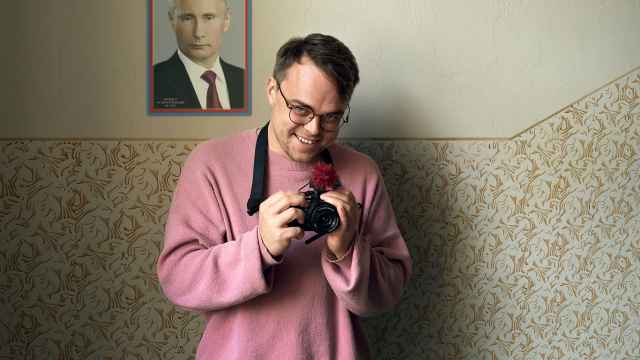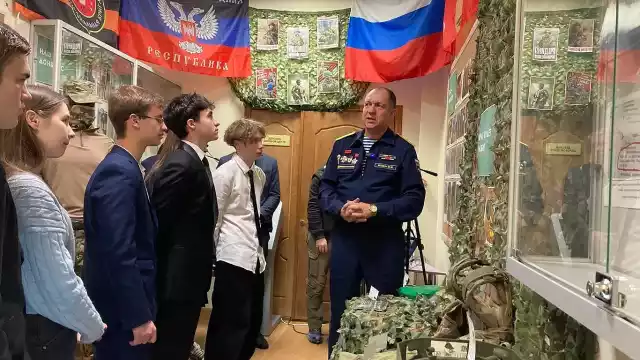The International Russia Expo opened on the Day of National Unity, Nov. 4, at the VDNKh exhibition center in Moscow. Set up by the Soviets to display the achievements and celebrate the diversity of the Communist state, VDNKh has undergone something of a revival in recent years. But the new exhibition tells a different story about Russia than its organizers intended.
In keeping with the Communists’ original emphasis on national strength and unity through diversity, the Russia Expo was designed to instill pride in Russia’s polyculturalism, drawing a direct connection between this diversity and the country’s historical and present-day achievements. In President Vladimir Putin’s decree establishing the expo, he underscored Russia’s openness, diversity, and the importance of defending the Russian civilization, created by “our ancestors,” for future generations.
Putin’s remarks align with the main idea of the expo as a visualization of the Russian people’s combined inner strength and successes. It is an ambition that has been achieved somewhat patchily, if at all.
Some metrics paint a positive picture. A record (for VDNKh) 200,000 people visited on its opening day. Over the first four days alone, Russia EXPO had 450,000 visitors, roughly the same as visited the 2021 World Expo in Dubai across its first week.
Moscow’s Expo is ambitious in scope, boasting 131 exhibitions, the most professional of which are those of state corporations like Gazprom, Rosatom, and Sberbank. In addition, almost all of Russia’s 84 regions have their own pavilion, with the five occupied territories of Ukraine also represented.
Alongside the Expo, a new information campaign on the “Achievements of Russia” has been launched. This consists of a series of seminars, lectures and other activities taking place across Russia and the territories of Ukraine it has occupied. These are being run by the Znaniye group — a revamped version of the Soviet educational organization — which has also arranged numerous talks and lectures from high-profile speakers at the Expo itself.
Beyond the inclusion of the occupied territories, there is little reference to the war. The presidential administration has taken a clear lesson from the September regional elections: the Russian public doesn’t like hearing about the war. It doesn’t win votes or whip up patriotic fervor.
There are other prominent absences that point to the failure of the Expo to meet its initial goals. While a large number of prominent officials and politicians — from Nikolai Patrushev to Valentina Matviyenko — have visited and lavishly praised the fair, Putin has yet to grace the site with his presence. It was widely rumored that Putin would announce his decision to run in the 2024 presidential election at the Russia Expo opening ceremony on the Day of National Unity. But he never emerged, seemingly because the fair was not really ready to open. Significant parts lay unfinished or had been hastily patched together.
While the regional exhibitions at the Expo have struggled to bring the Kremlin’s vision of a polynational superpower to life, the state corporations have outdone themselves. The multi-story pavilion for the Rosatom state nuclear energy corporation features a remarkable exhibition on the Tsar Bomba, the largest nuclear weapon ever detonated.
It is perhaps not coincidental that former Rosatom head Sergei Kiriyenko is also the man in charge of curating the EXPO, and the head of Znaniye, which provides much of the exposition’s educational content. In addition to these roles, Kiriyenko is first deputy chief of staff of the presidential administration, overseeing the integration of the occupied territories into Russia.
The sense of uniting the country is one that occupies both Kiriyenko and Putin’s thinking. The Russia EXPO itself is a product of the government decree in late 2022 to create a program to “realize the state national policy” that manages inter-ethnic relations in Russia. The policy is currently in the process of being updated in response to a supposed widespread effort to undermine interethnic harmony in Russia.
This EXPO is a huge investment in realizing the Kremlin’s national policy ambitions. According to the official figures, it has cost 5.1 billion rubles ($55.27 million). But the real figure is likely many times higher once the expenditure of state corporations is taken into account. Considerable resources have also been dedicated to ensuring it receives blanket coverage from state-aligned media. Yet, despite the hype campaign, search results show Russian internet users found it considerably less interesting than Alla Pugacheva’s trip back home, or the Spartak-CSKA Moscow football derby.
Meanwhile, the insistence on Russia’s diversity as a strength appears ill-timed and poorly delivered, going by the reactions of some regions, such as Voronezh, to the exhibitions designed to represent their home. A common complaint is that the pavilions do not represent their respective regions, merely the personal schemes and vanities of the local governors.
Nor will simply insisting that Russia has created a haven of cultural heterogeneity cover up societal divisions made clear by the anti-Israeli riots in Dagestan and the out-of-control behavior of Chechnya’s ruling Kadyrov clan.
The whole installation is reminiscent of the furore around the construction of London’s Millennium Dome: a grand idea that ultimately has little point behind it. But if the Russia EXPO doesn’t have a point, then it is worth asking why? In part, it is because the story of interethnic harmony as the source of Russia’s success is an incredibly flawed one.
But more notably, it is because Putin has not visited yet. Without Putin and his blessing, the exposition has not only not been a success but has been rendered pointless. After all, these gargantuan efforts are for him. They are yet another elaborate way of creating the infrastructure to depict a united nation, proud of its achievements and excited for the future.
But there is a gulf-like difference between imagination and execution. It is through the latter that the Russia EXPO has provided a much more honest representation of Russia. At first sight, it appears impressive until you realize that large parts are held together with sticky tape. It Is a country dominated by state corporations. Its celebrations of regional diversity are superficial and hypocritical, there is a pathological avoidance of the catastrophic war in Ukraine, and the whole place ultimately lacks any sense of its own purpose until Putin turns up.
A Message from The Moscow Times:
Dear readers,
We are facing unprecedented challenges. Russia's Prosecutor General's Office has designated The Moscow Times as an "undesirable" organization, criminalizing our work and putting our staff at risk of prosecution. This follows our earlier unjust labeling as a "foreign agent."
These actions are direct attempts to silence independent journalism in Russia. The authorities claim our work "discredits the decisions of the Russian leadership." We see things differently: we strive to provide accurate, unbiased reporting on Russia.
We, the journalists of The Moscow Times, refuse to be silenced. But to continue our work, we need your help.
Your support, no matter how small, makes a world of difference. If you can, please support us monthly starting from just $2. It's quick to set up, and every contribution makes a significant impact.
By supporting The Moscow Times, you're defending open, independent journalism in the face of repression. Thank you for standing with us.
Remind me later.



